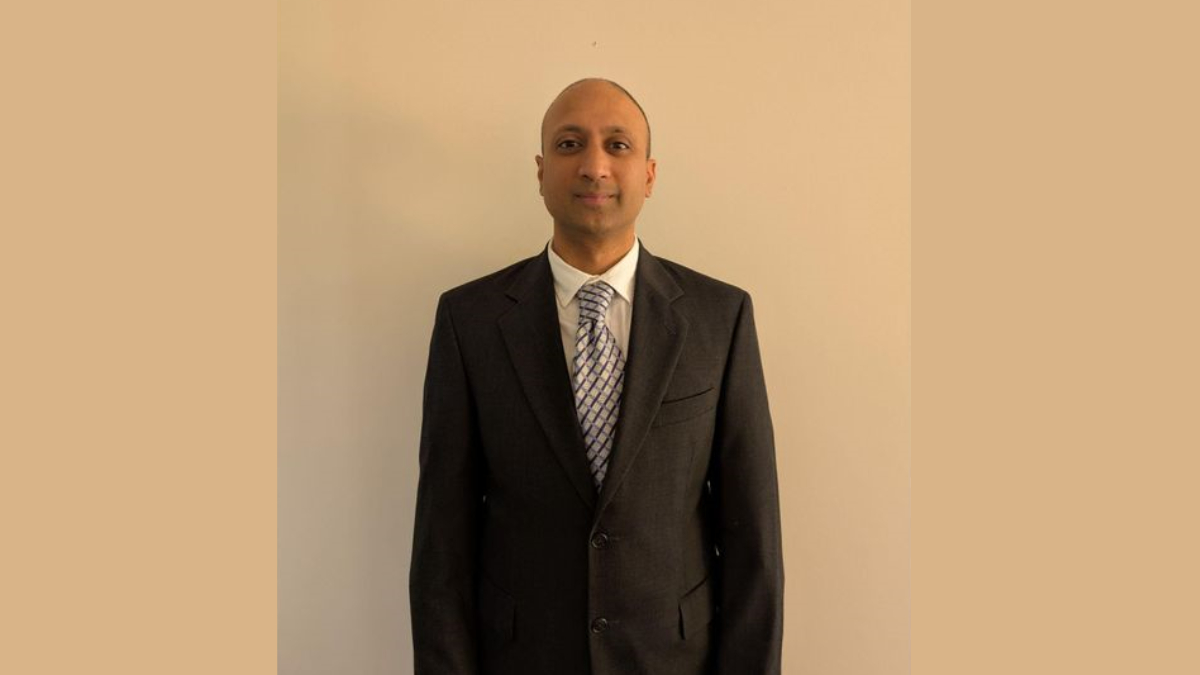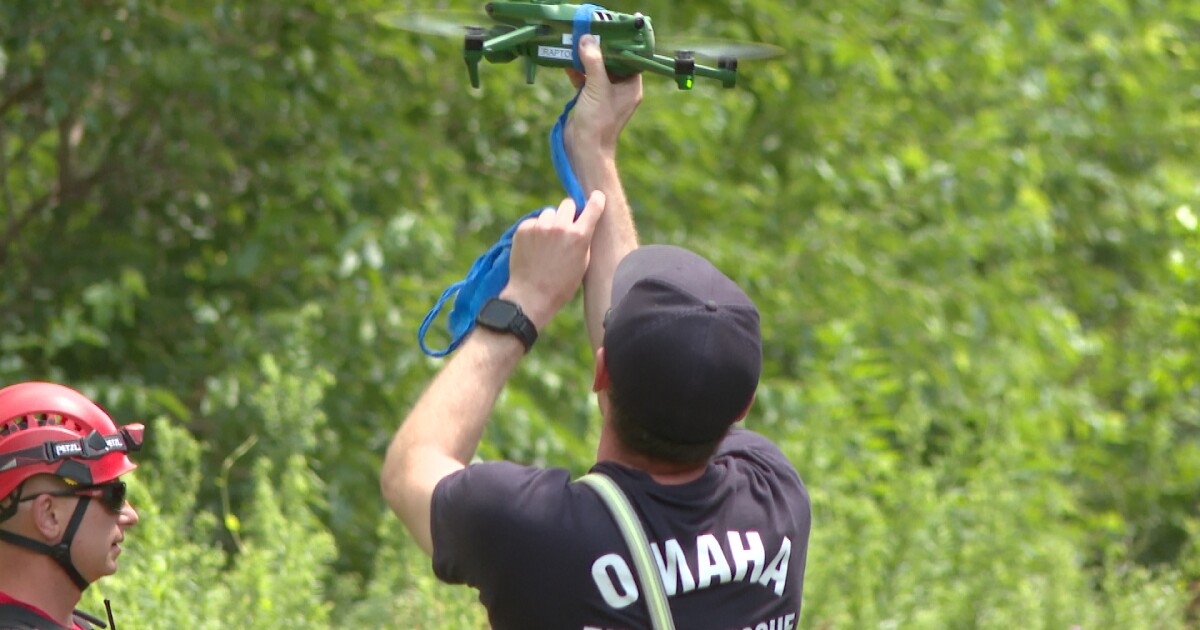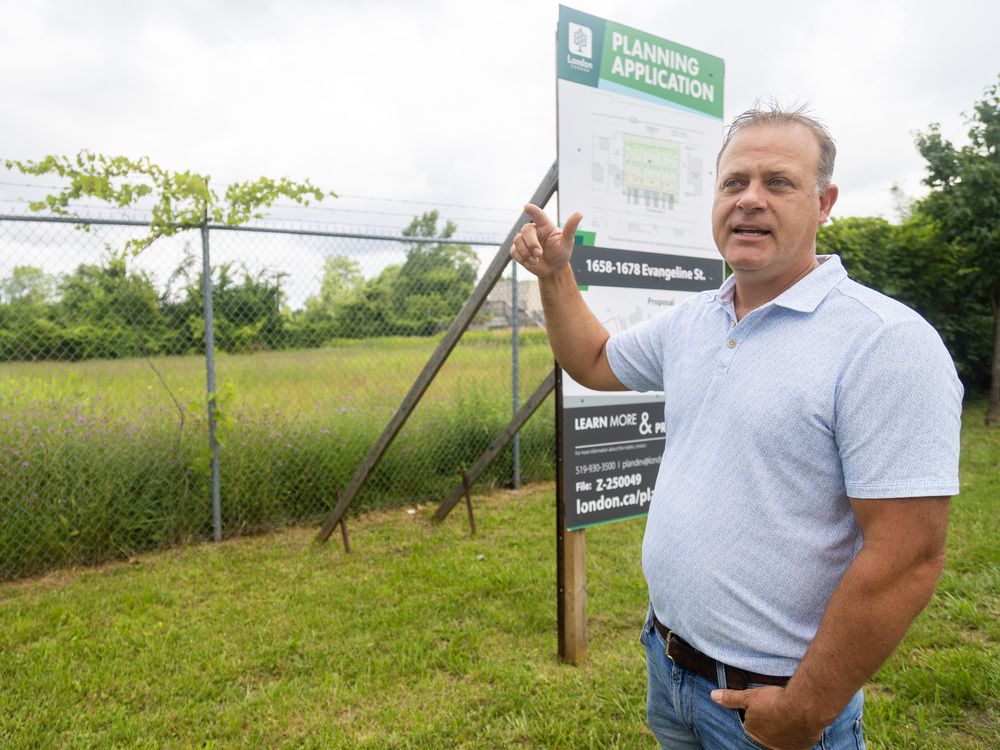Singapore Man with ALS Communicates with Family After Years of Silence, Thanks to Groundbreaking Brain-Computer Interface

In a heartwarming breakthrough, a Singaporean man living with complete paralysis due to Amyotrophic Lateral Sclerosis (ALS) has reconnected with his family through a revolutionary brain-computer interface (BCI) technology. This remarkable achievement, facilitated by the BrainGate2 system, offers a beacon of hope for individuals with ALS and other debilitating neurological conditions who have lost the ability to speak.
The Silent Struggle of ALS
ALS, also known as Lou Gehrig's disease, is a progressive neurodegenerative disorder that affects nerve cells in the brain and spinal cord. As the disease progresses, it gradually robs individuals of their ability to move, speak, eat, and breathe. For many, the inability to communicate becomes one of the most devastating aspects of ALS, creating a profound sense of isolation and frustration.
BrainGate2: A New Voice for the Voiceless
The BrainGate2 system represents a significant leap forward in BCI technology. It involves implanting a tiny sensor array in the brain's motor cortex – the area responsible for controlling movement. This sensor detects neural activity associated with attempted speech, even when the individual is physically unable to speak. The signals are then decoded by a computer algorithm and translated into text or synthesized speech.
A Family Reunion After Years of Absence
This particular case in Singapore is especially poignant. The man, who wishes to remain private, had been completely paralyzed and unable to communicate for several years. The implementation of BrainGate2 has allowed him to express his thoughts, feelings, and desires to his family for the first time in a long time. Early reports indicate he has been able to answer simple questions and engage in basic conversations, leading to emotional reunions filled with tears of joy.
Beyond Communication: The Potential of BCI
While this breakthrough focuses on restoring communication, the potential of BCI technology extends far beyond. Researchers are exploring its use to control prosthetic limbs, operate computers and other devices, and even restore sensory function. The BrainGate2 system serves as a platform for ongoing research and development in this rapidly evolving field.
Challenges and Future Directions
Despite the incredible progress, challenges remain. The technology is still in its early stages and requires significant refinement. The decoding algorithms need to become more accurate and efficient, and the implanted sensors need to be more durable and reliable. Moreover, access to this technology remains limited due to its high cost and complexity. Future research will focus on addressing these challenges and making BCI technology more accessible to those who need it most.
This story is a testament to the power of innovation and the unwavering hope of families facing the challenges of ALS. It highlights the potential of science to restore connection and improve the quality of life for individuals living with debilitating neurological conditions. The future for those with ALS, and other conditions, looks brighter thanks to advancements like BrainGate2.






